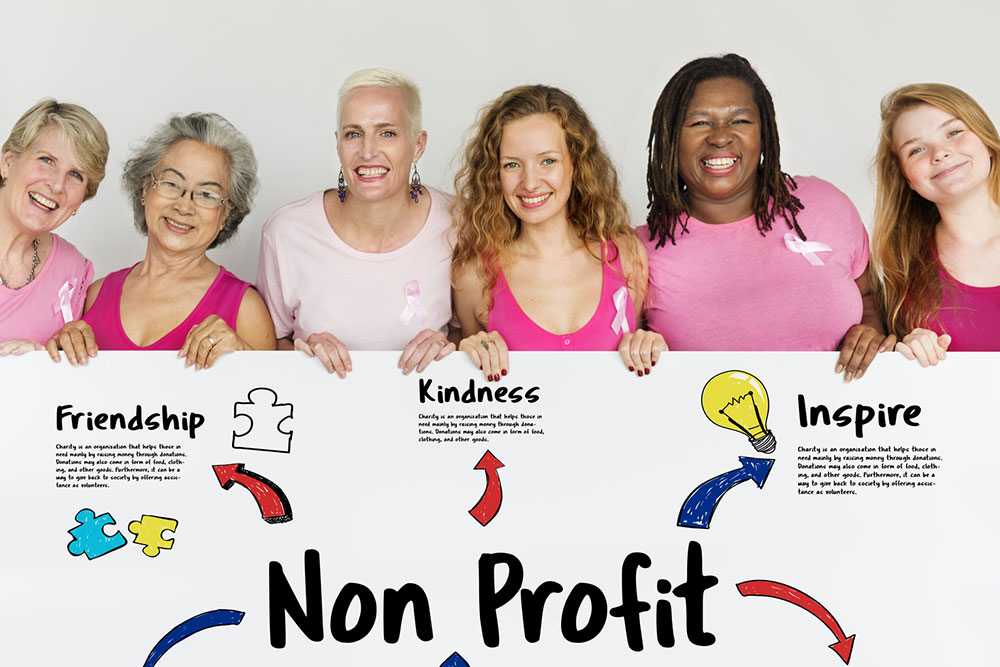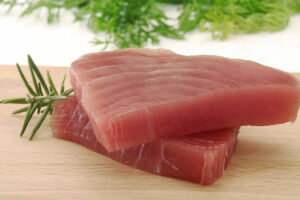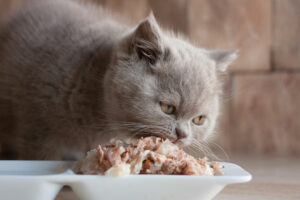8 mistakes to avoid when supporting charities

Engaging in charitable activities and giving back to the community offers many benefits. For instance, it provides a sense of fulfillment to the giver, enhances community well-being, builds empathy, and sometimes provides tax benefits. However, donating to a noble cause requires planning. Many people make mistakes when giving to a charity, which wastes their hard-earned money and brings no long-term benefit. Here are some of these common mistakes to avoid.
Relying on emotional appeals
Many people visit homes and make appeals through social media, asking for donations. However, one should exercise caution, as not all requests are genuine. Certain charity telemarketers are linked to for-profit entities and retain a significant portion of the collected funds for themselves. Therefore, individuals should make informed choices and ensure their donations benefit the intended cause. It is best to verify the legitimacy of the requests before making any commitments. One way to do this is to visit the organization’s website and inquire about its activities.
Not researching well
Individuals must research the legitimacy of charities and their functioning before deciding. For instance, one can learn how the organization distributes the money it receives for supporting a good cause and performing administrative activities. Ideally, a charity should assign about 75% of its profits to the cause and the remaining for promotions and administration. One should employ a multifaceted approach to research charities before donating. It may include investigating the organization’s official website and assessing its mission, programs, and financial transparency. Review websites can provide valuable insights into the organization’s financial health and accountability. To understand its operations, one can also examine the charity’s annual reports and tax filings.
Not considering volunteering
Volunteering provides people with an opportunity to understand how the charity operates. One can learn the methods the organization follows to distribute help and fulfill a noble cause. Direct involvement also allows individuals to witness the tangible effects of their contributions. Furthermore, it lets one determine whether their financial support aligns with the organization’s goals.
Forgetting to follow up
Following up with a charity after donating is essential for several reasons. To begin with, it allows donors to understand how their contributions are being utilized and see the tangible impact of their support. In addition, staying engaged with the charity provides an opportunity to receive updates on ongoing projects, understand evolving needs, and potentially offer continued support. Furthermore, this open communication builds sustained relationships with the charity and maximizes the effectiveness and satisfaction of one’s philanthropic efforts.
Waiting until the end of the year to donate
Many people wait until the end of the year to make donations for tax benefits. However, charities need financial help throughout the year. Waiting until the end may delay support when it is most needed. Therefore, one should consider spreading out their donations. Making contributions earlier provides donors with the opportunity to stay informed about the impact of their support. It also allows charities to plan their activities.
Donating items a charity didn’t ask for
Some people inadvertently make the mistake of donating items to charities that were not specifically requested. While coming from a place of generosity, this act can pose logistical challenges for charitable organizations. Sorting through unrequested items demands additional time and resources. The organization may also face storage issues or disposal costs. Therefore, individuals are encouraged to check with organizations about their specific needs before contributing. This can ensure a smoother process for charities and maximize the impact of their donations.
Forgetting local communities
People often forget to support their local communities when engaging in charitable efforts and instead donate to global charitable organizations or high-profile causes. Neglecting local needs means missing chances to help one’s neighbors directly. Local charities play a vital role in building community strength; by focusing on them, individuals can make a meaningful impact nearby.
Not considering one’s values
Charitable work of any kind is commendable, and it can only make a positive difference. However, individuals should focus on aligning their values with their philanthropic activities. This means choosing causes that truly resonate with oneself, whether fighting poverty, serving home-bound seniors, supporting environmental causes, or helping disaster-stricken initiatives. Having a purpose and being invested in the charity can often lead to a more fulfilling and impactful experience for both the giver and the recipients.
By incorporating these steps and setting clear goals, individuals can maximize the positive impact of their contributions and contribute to lasting change in the community.



